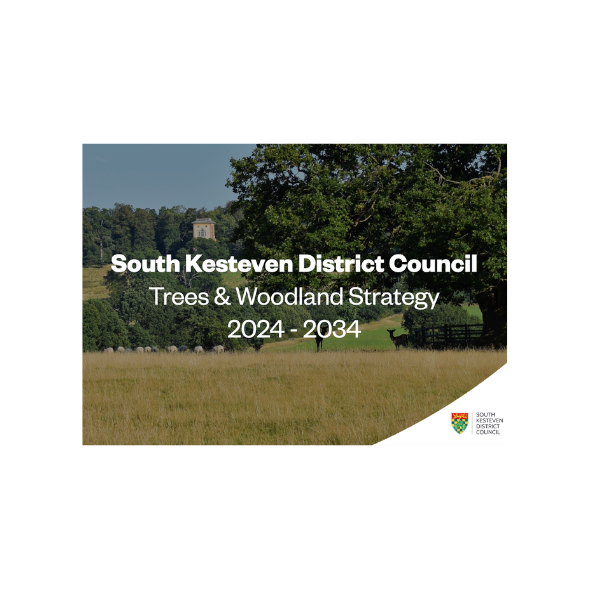Camden’s trees are generally recognised and appreciated by their presence and stature in the townscape, but society is often unaware of the many benefits that trees provide to those living in our towns and cities.
The trees in our towns and cities (together with woodlands, shrubs, hedges, open grass and wetland) are collectively known as the urban forest. This urban forest improves our air, protects watercourses, saves energy, and improves economic sustainability. There are also many health and well-being benefits associated with being in close proximity to trees and there is a growing research base to support this.
Economic valuation of the benefits provided by our natural capital can help to mitigate for development impacts, inform land use changes and reduce any potential impact through planned intervention to avoid a net loss of natural capital. Such information can be used to help make better management decisions. The benefits provided by such natural capital is often poorly understood. Consequently, these benefits (or ecosystem services) are often undervalued in the decision making process.
In order to produce values for some of the benefits provided by trees a state of the art, peer reviewed software system called i-Tree Eco (referred to as ‘Eco’ throughout the report) was used.







